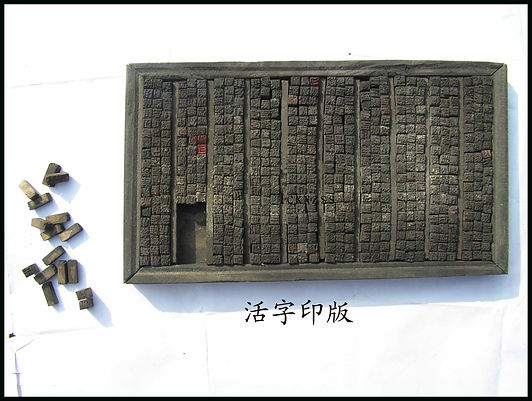
CIVILIZATIONS OF EASTERN ASIA
Once more, China fell apart into separate kingdoms. Fortunately in 960 AD, the general Taizu reunited China, crowning himself the first emperor of the Song dynasty. The Song empire was much smaller than the previous empires of China, having lost territory to the west and north. They paid a tribute to their northern enemies of silver, silk, and tea, but this failed to stop the invasion of the Jurchen in the early 1100’s. The Jurchen were a people of Manchuria who took control of northern China, forcing the Chinese to retreat Southward beyond the Huang He, renaming the former northern China as the Jin Empire. This was a major setback to the Song because they lost access to the Silk Road, the biggest trade route across Asia. In response, the Song emperors created a new capital at Hangzhou, a city with access to coastal trade south of the Chiang Jiang. This was the start of the Southern Song (1127-1279), a prosperous trading nation, its trade influence spreading to the north, along the coast, and all the way west to faraway Europe.
This renaissance of trade lead to the invention of many new tools and innovations. Inventions such as the mechanical clock, paper money, silk, made everyday tasks more efficient and and more easily accomplished. Movable type allowed printmakers to print books much faster, leading to more education and more income. Gunpowder and explosives were used to create fireworks and rockets for military purposes. The compass and sextant were instrumental in coastal trade. A new strain of rice from Vietnam allowed for two harvest a year, enabling the population to grow exponentially. Chinese porcelain, white, bone-hard pottery, was highly sought after and was a hot trade item because it could not be found anywhere else in the world. These inventions were key to the continued success of the Song Dynasty.
